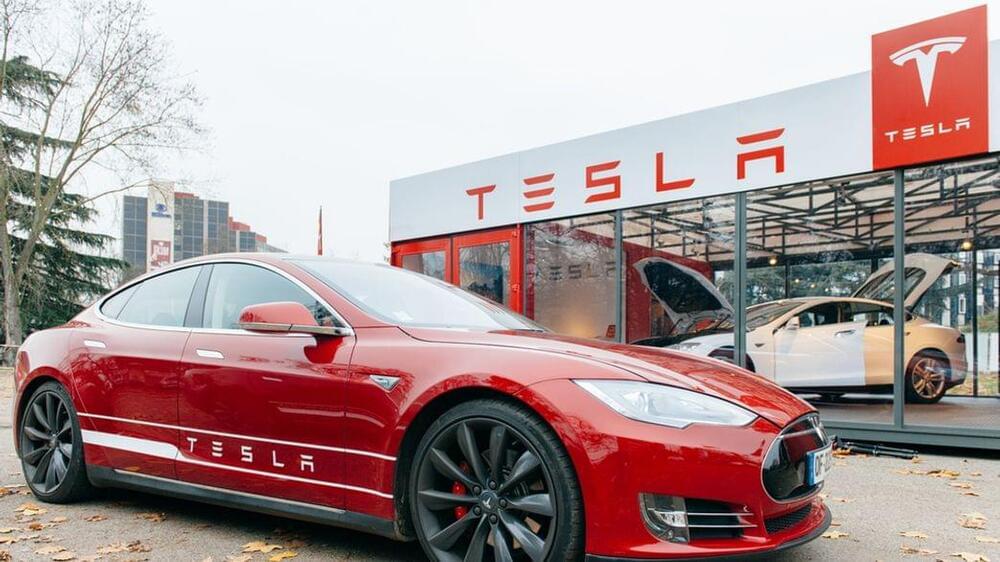Sep 3, 2022
Lithium-Oxygen Battery May Spell The End Of The Age Of Oil
Posted by Quinn Sena in categories: energy, sustainability, transportation
Circa 2016
A radically new form of lithium-oxygen batteries avoids many of the problems that have prevented the uptake of what is, in theory, the ultimate transportation battery. If the work can be scaled up, it could mark the end of gasoline-powered cars.
The cost, weight, and insufficient lifespan of batteries represents a major obstacle to electric cars replacing internal combustion engines on our roads. There are two paths to address this: One, like Aesop’s tortoise, involves slow incremental improvements in existing lithium-ion batteries, collectively bringing down the cost and extending the range of electric vehicles.
Continue reading “Lithium-Oxygen Battery May Spell The End Of The Age Of Oil” »




 It can generate 1.3 gigawatts of clean energy.
It can generate 1.3 gigawatts of clean energy.













